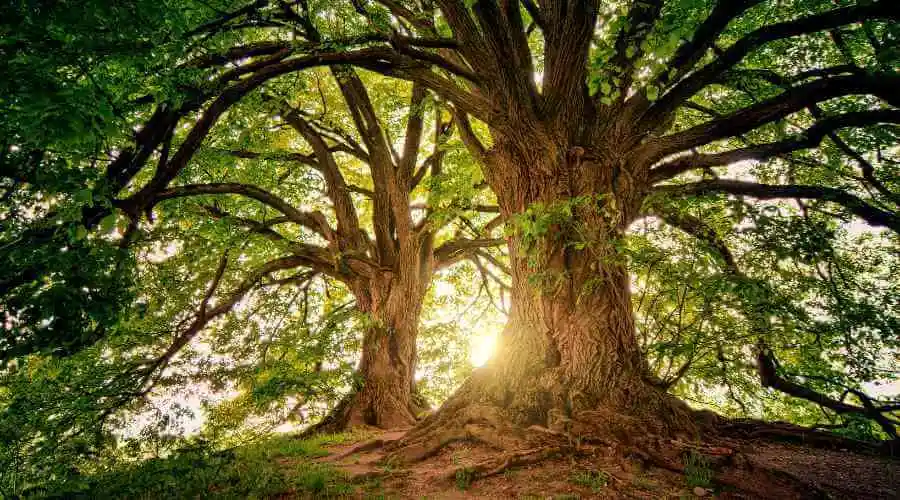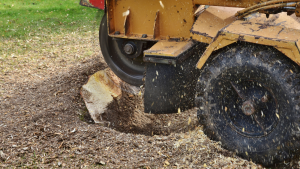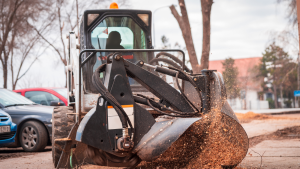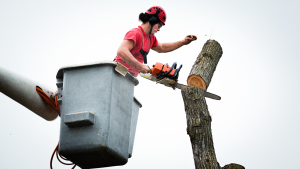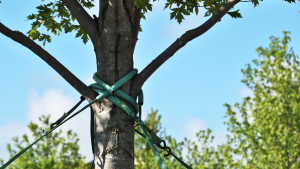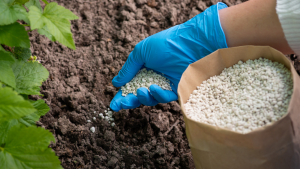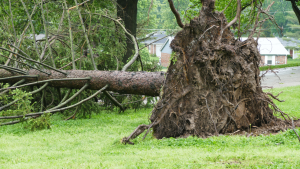Trees are incredibly important to Earth’s ecosystem. They serve various purposes, including oxygen production, air filtration, wildlife habitat, soil improvement, wind breakage, and more. Trees have countless uses since they are composed of many different sections, from the ground up to the top. We can learn more about how trees function and how to best take care of them if we are familiar with their anatomy. The most important anatomy words used in the tree service profession are outlined below.
A Tree’s Roots Are Its Very Foundation
The root system of a tree is crucial to its health and survival. The roots reside underground and draw moisture and nutrients up from the ground. The tree then makes use of these vital nutrients to fuel its development and store food for future leaf production. Trees rely on their roots for more than just food and water—they also offer structural support.
The roots of a tree can go down as far as seven feet. The widespread belief that a tree’s roots must extend far underground is a prevalent fallacy. The vast majority of a plant’s roots grow laterally in order to secure a firm footing. Root systems can only become healthy and flourish when given enough room and the right kind of soil.
The Role of Tree Branches in Nutrient Transport
The root collar (the point at where the tree’s roots converge with the trunk) is the first visible part of the tree’s trunk and is where it performs many of its essential activities. The trunk’s primary function is to increase the tree’s height, allowing for more leaf area to be exposed to the sun and hence greater photosynthesis. Furthermore, it transfers sugar from the leaves to the roots and back again, acting as the “highway system” of the tree.
- The limbs and branches of a tree extend outward from the trunk:
- The branches of a tree are its main structural offshoots.
- Leaves, flowers, and fruits all develop on the tree’s branches, which extend outward from the trunk.
The Tree Crown Is Essential For Photosynthesis & Pollutant Removal
The crown of the tree performs several crucial roles that are beneficial to people. The crown is home to the leaves that perform photosynthesis. Converting the sun’s rays into food that the tree may use for growth makes photosynthesis one of the most important processes on Earth. Further emphasizing the crown’s significance is the fact that trees absorb carbon dioxide and expel oxygen throughout this process.
The area beneath the outside perimeter of a canopy (made up of one or more crowns) is known as the drip line. In the tree care industry, the term “drip line” is commonly used to describe the area around your tree’s trunk where the majority of the tree’s water and nutrients are absorbed.
We Offer Professional Tree Services
Joliet Tree Service has been providing excellent tree services for almost a decade, giving us more than enough time in the industry to learn everything we need to know. From start to finish, we ensure that safety, quality, and cleanliness are at the forefront of all we do. We do not just offer basic tree care like trimming, removal, and stump grinding; we also offer hurricane cleanup and proofing to keep you and your property safe throughout the stormy months.
